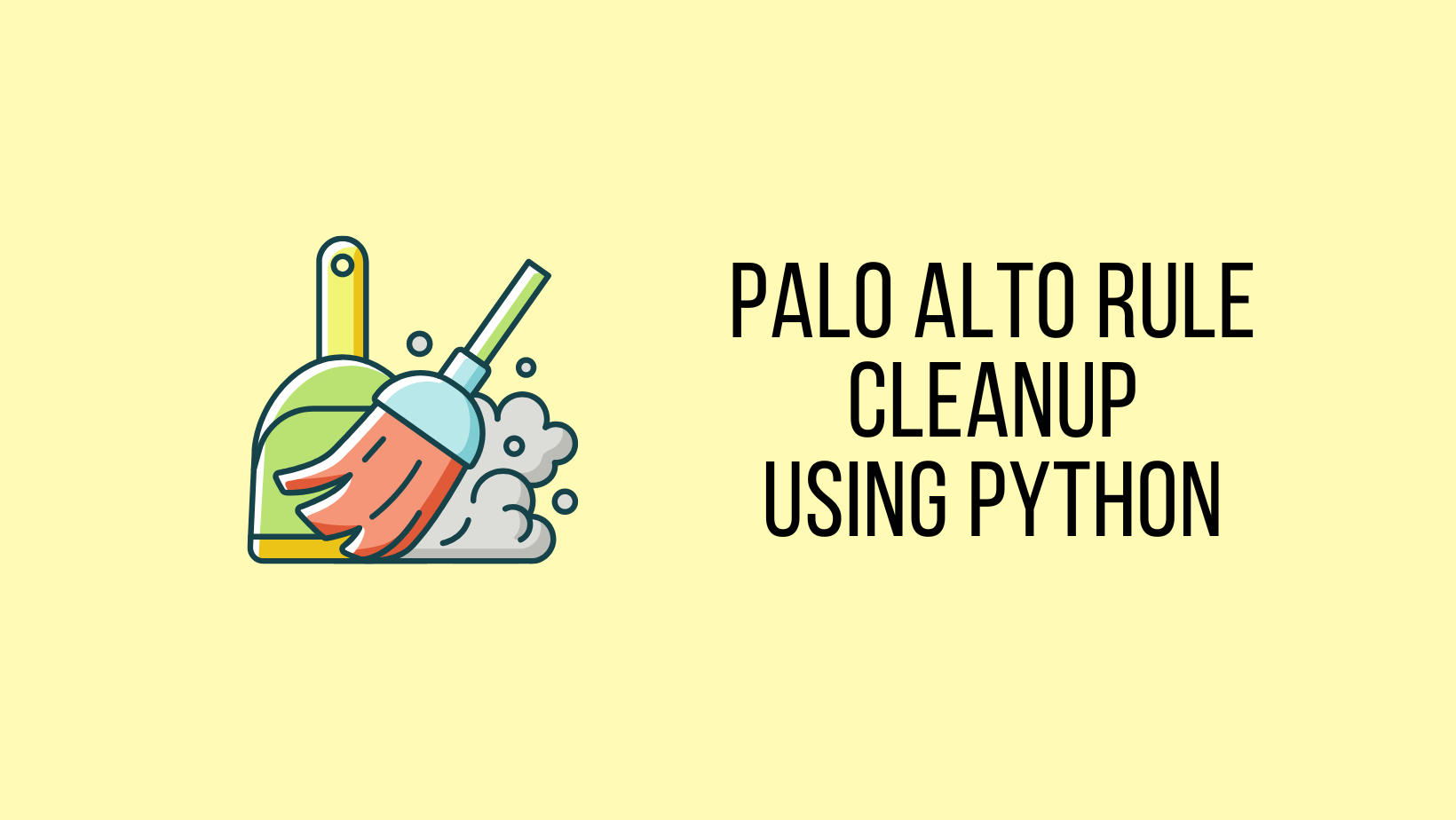The Metadata Advantage: Unlocking insights And Efficiency In Enterprise IT
COMMISSIONED: When it comes to enterprise IT infrastructure, metadata is the secret asset most people don’t think about. …
The Metadata Advantage: Unlocking insights And Efficiency In Enterprise IT was written by Timothy Prickett Morgan at The Next Platform.









